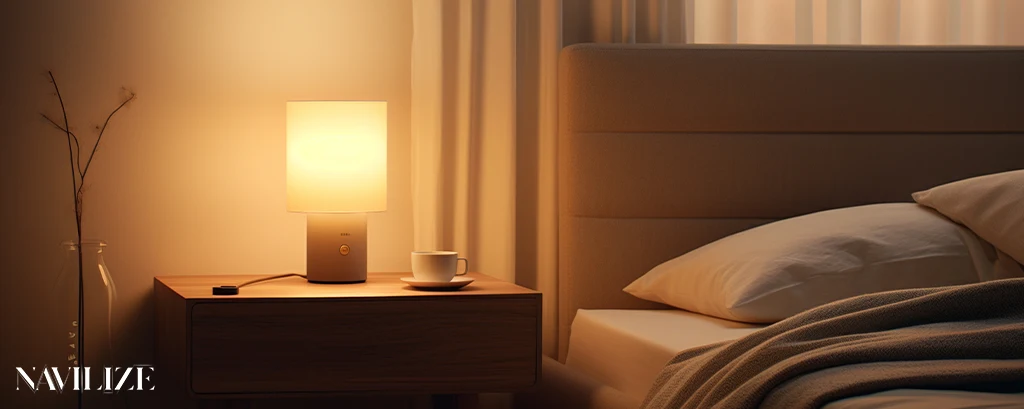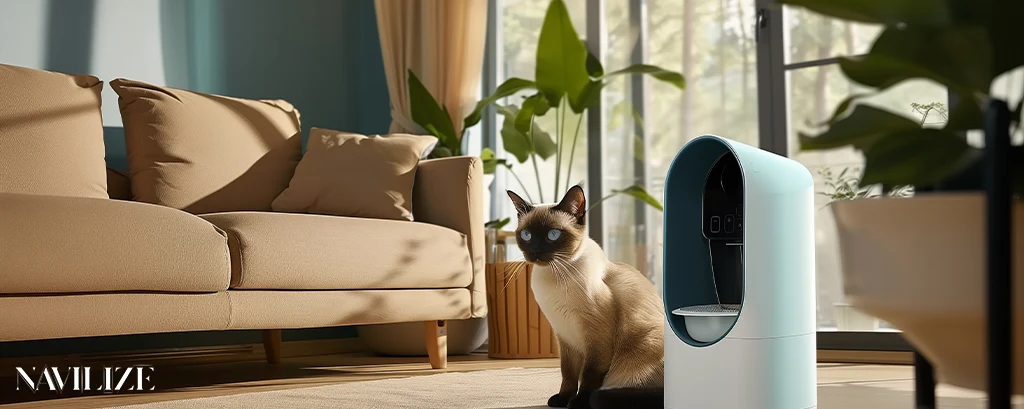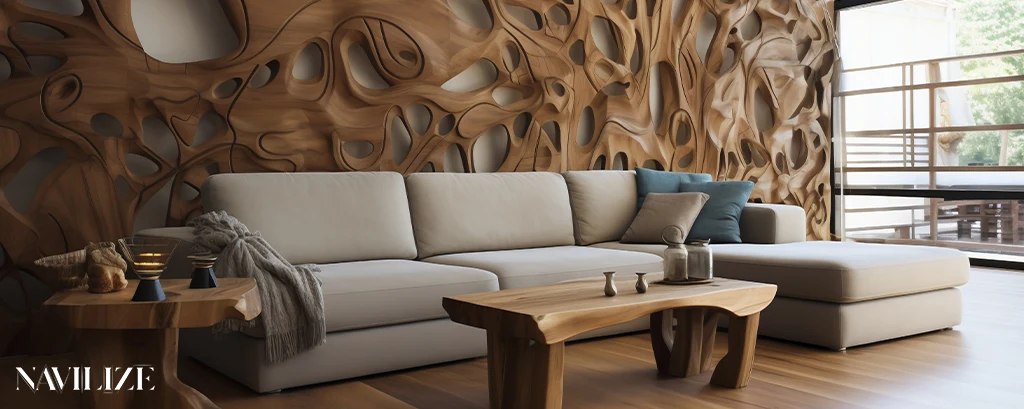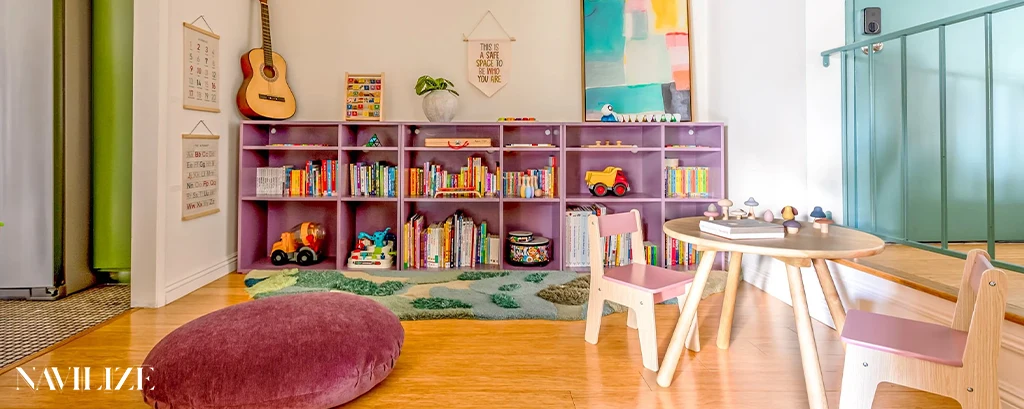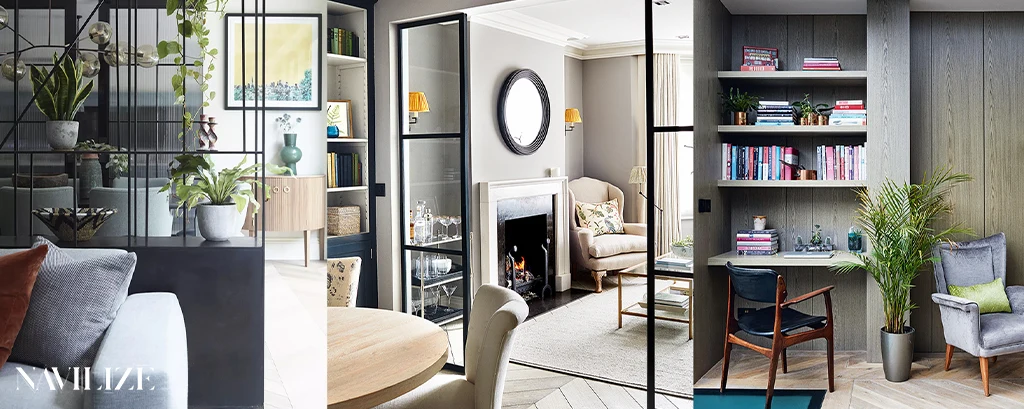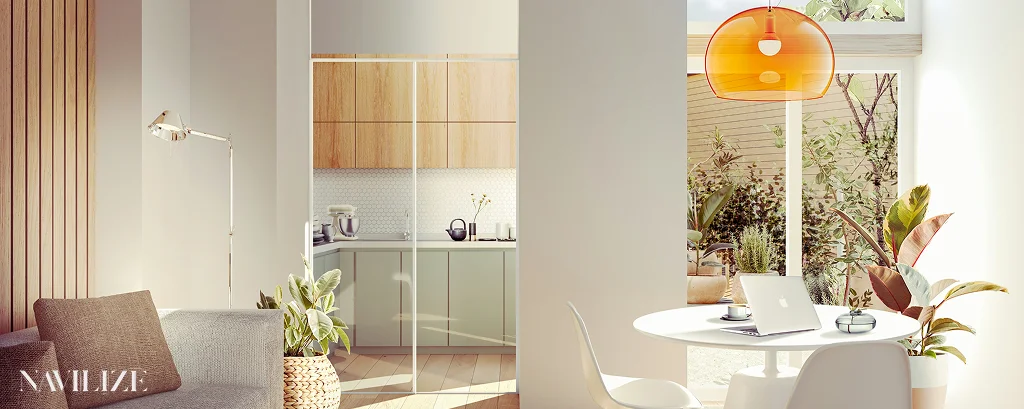Creating a cohesive home without looking too “matchy” requires balance and thoughtful curation. According to Navilize interior designers, the key is to unify spaces through complementary colors, textures, and materials, rather than identical furniture sets. Mix different styles while keeping a consistent color palette to maintain harmony. Layering textures—such as wood, linen, or metal—adds depth and interest without appearing forced. Repeating subtle design elements, like shapes or finishes, helps tie rooms together naturally. Personal touches, artwork, and varied lighting complete the look. For expert guidance on achieving cohesion with personality, visit Navilize and discover professional tips tailored to your style and space.
The Difference Between Harmony and Uniformity

Harmony and uniformity may seem similar but are fundamentally different in interior design. Harmony is about creating a space where elements feel connected and balanced, even if they vary in color, texture, or style. It allows for diversity while maintaining a cohesive feel. Uniformity, by contrast, means everything matches perfectly—same colors, same shapes, same finishes—which can result in a flat and uninspired look. True design success comes from achieving harmony, not strict uniformity. For expert advice on how to balance these principles in your home, visit Navilize. Navilize helps you create beautiful, personalized interiors that feel unified yet vibrant.
How to Mix Styles and Still Maintain Balance
Mixing styles while maintaining balance is an art that requires intentional choices. The key is to find common threads—such as a shared color palette, material, or shape—that link diverse elements together. For example, pairing modern furniture with vintage pieces works beautifully when unified by complementary tones or textures. Proportion is also crucial: avoid overwhelming the space with too many contrasting pieces. Create focal points and give each style room to breathe. Thoughtful placement allows styles to coexist harmoniously without feeling chaotic. For inspiration and real-world examples of balanced, multi-style interiors, explore the Navilize Portfolio and see how professionals blend aesthetics with ease.
Color Palette Strategy
A successful color palette strategy brings cohesion and mood to a home without feeling monotonous. The key is selecting a base palette of two to three main colors and building from there with subtle variations in shade or tone. Accent colors can then add personality without disrupting balance. Neutral tones often serve as a timeless backdrop, while bolder hues work best in moderation. Consistency across rooms creates a natural flow, but variety within the palette keeps it interesting. At every step, restraint is essential—too many contrasting colors can overwhelm a space rather than unify it.
Material Coordination
Coordinating materials thoughtfully ensures a harmonious and sophisticated look. This means selecting materials that complement each other in tone, texture, and finish—even if they come from different design styles. For example, warm wood tones can soften cool metals, while natural stone adds elegance beside soft textiles. Repeating key materials in different rooms can also help create a sense of continuity. The secret lies in balance: mixing rich, tactile surfaces without crowding the space. Successful material coordination ensures that no single element dominates, allowing diverse pieces to blend seamlessly into a cohesive design story.
Layering Textures and Patterns the Right Way



Layering textures and patterns adds depth, character, and warmth to interiors—but must be done carefully to avoid clutter. Start by grounding your space with solid, neutral tones, then introduce patterns gradually through pillows, rugs, or curtains. Vary the scale of patterns to maintain visual balance: combine large-scale prints with smaller, subtler designs. Texture is equally important; mix smooth surfaces like leather or glass with soft fabrics or natural fibers for a tactile experience. Restraint is key—too many textures or competing patterns can feel chaotic. Done correctly, layering brings sophistication and a cozy, inviting atmosphere.
Common Mistakes That Make Homes Look “Decorated”
Many homes feel overly “decorated” when designs prioritize aesthetics over authenticity. A common mistake is matching every item too perfectly, which creates a showroom effect rather than a lived-in feel. Another issue is cluttering spaces with too many trendy accessories, leaving no breathing room. Overuse of statement pieces in every corner can overwhelm instead of enhance. Failing to personalize a space with meaningful objects—like art, books, or heirlooms—also contributes to a staged look. Thoughtful design should reflect personality, not just style. Achieving balance and restraint helps a home feel curated, comfortable, and genuinely lived-in.
How Navilize Builds Visual Flow Through Custom Design
Navilize creates visual flow by tailoring each design to the client’s space and lifestyle. Their designers begin by developing a clear plan for how rooms connect, using recurring materials, colors, and forms to guide the eye naturally from one area to the next. Custom furniture, built-ins, and art placement are used strategically to unify different zones while respecting the unique character of each space. Navilize avoids abrupt transitions by blending textures and layering details seamlessly, drawing on principles that enhance navigation and interaction for improved well-being. The result is a home that feels cohesive, harmonious, and thoughtfully designed. Explore examples of this approach at Navilize Portfolio.

